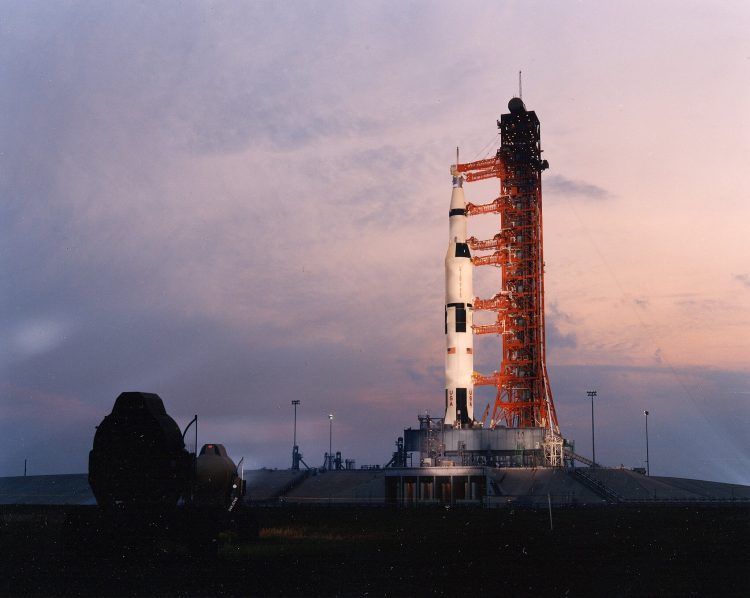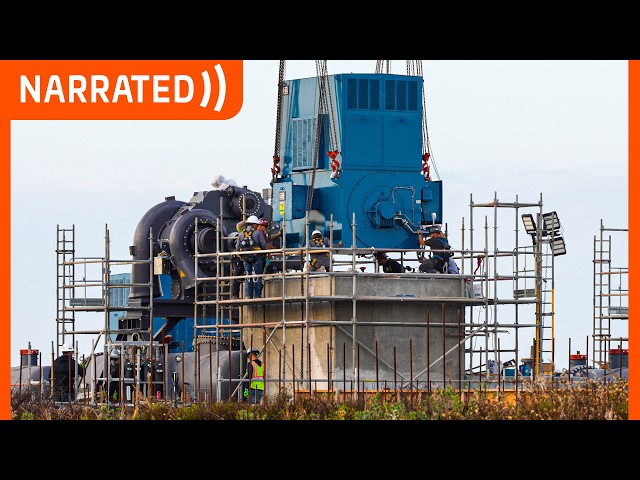Apollo 13: The Successful Failure
On April 11, 1970, Apollo 13 launched from Kennedy Space Center in Florida, with the goal of landing a crew on the Moon. However, just two days into the mission, an explosion occurred on board, jeopardizing the lives of the astronauts and turning the mission into a race against time to get them back safely to Earth.
The Apollo 13 mission was supposed to be the third Lunar landing attempt, following the successful Apollo 11 and Apollo 12 missions. The crew, consisting of Commander James A. Lovell Jr., Command Module Pilot John L. Swigert Jr., and Lunar Module Pilot Fred W. Haise Jr., were well-prepared for their journey to the Moon. They had undergone extensive training and were ready to make history.
However, just over 56 hours into the mission, a spark ignited one of the oxygen tanks in the service module, causing it to explode. This explosion not only damaged the service module but also crippled the command module, which was their only means of returning to Earth.
The crew quickly realized the seriousness of the situation. Commander Lovell famously radioed back to Mission Control, saying, “Houston, we’ve had a problem.” It was a moment that would forever be etched in history, as the entire world held its breath.
Despite the grave circumstances, NASA and the Apollo 13 crew worked tirelessly to come up with a plan to get the astronauts back home safely. The engineers on the ground, along with the crew, improvised solutions to keep the astronauts alive and make it back to Earth.
One of the biggest challenges they faced was the limited resources onboard the spacecraft. With power and oxygen supplies dwindling, the crew had to conserve every bit of energy they had. They even had to shut down some non-essential systems to conserve power.
The crew also had to figure out a way to navigate the spacecraft without the use of computer systems, which were severely affected by the explosion. They relied on manual calculations and their own ingenuity to chart a course back to Earth.
Another major obstacle was the need to create a makeshift filter to ensure the crew had clean air to breathe. The explosion had damaged the carbon dioxide removal system, and the crew had to build a filter using materials they had on board. They used duct tape, plastic bags, and other everyday items to create a working solution.
Throughout the ordeal, the crew remained calm and collected, displaying remarkable courage and resourcefulness. They followed the procedures and instructions from Mission Control, doing everything they could to increase their chances of survival.
In the end, their efforts paid off. On April 17, 1970, the Apollo 13 capsule splashed down safely in the Pacific Ocean. The crew had successfully navigated their way back to Earth, overcoming seemingly insurmountable odds.
While the Apollo 13 mission did not achieve its initial goal of landing on the Moon, it became one of NASA’s greatest achievements. It demonstrated the resilience and ingenuity of the astronauts and the ground crew, as well as the importance of teamwork and problem-solving in the face of adversity.
The lessons learned from the Apollo 13 mission have influenced future space exploration endeavors. Safety protocols were enhanced, and contingency plans were put in place to prevent similar incidents from occurring in the future. The incident also highlighted the need for effective communication and collaboration between mission control and the crew.
Apollo 13 was indeed a “successful failure.” It did not achieve its primary objective, but it showcased the indomitable spirit of the human spirit and the determination of NASA to bring its astronauts home safely.
Apollo 13 will always be remembered as a triumph of human ingenuity and teamwork. It is a testament to the courage and resilience of the astronauts and the ground crew who worked together to overcome unimaginable challenges. The mission may not have reached its intended destination, but it achieved something far greater – it reminded us of the incredible capabilities of humanity when faced with adversity.









